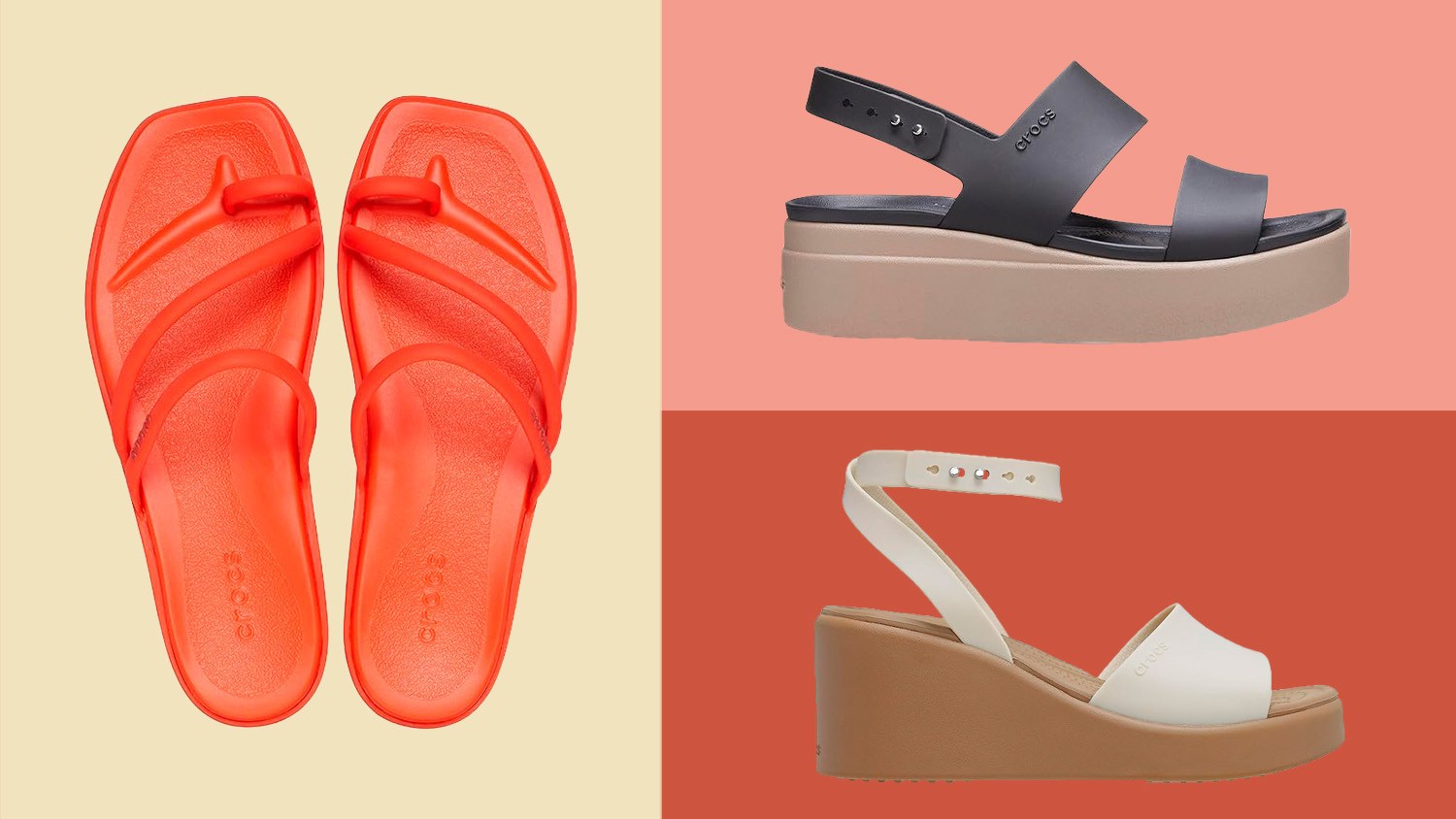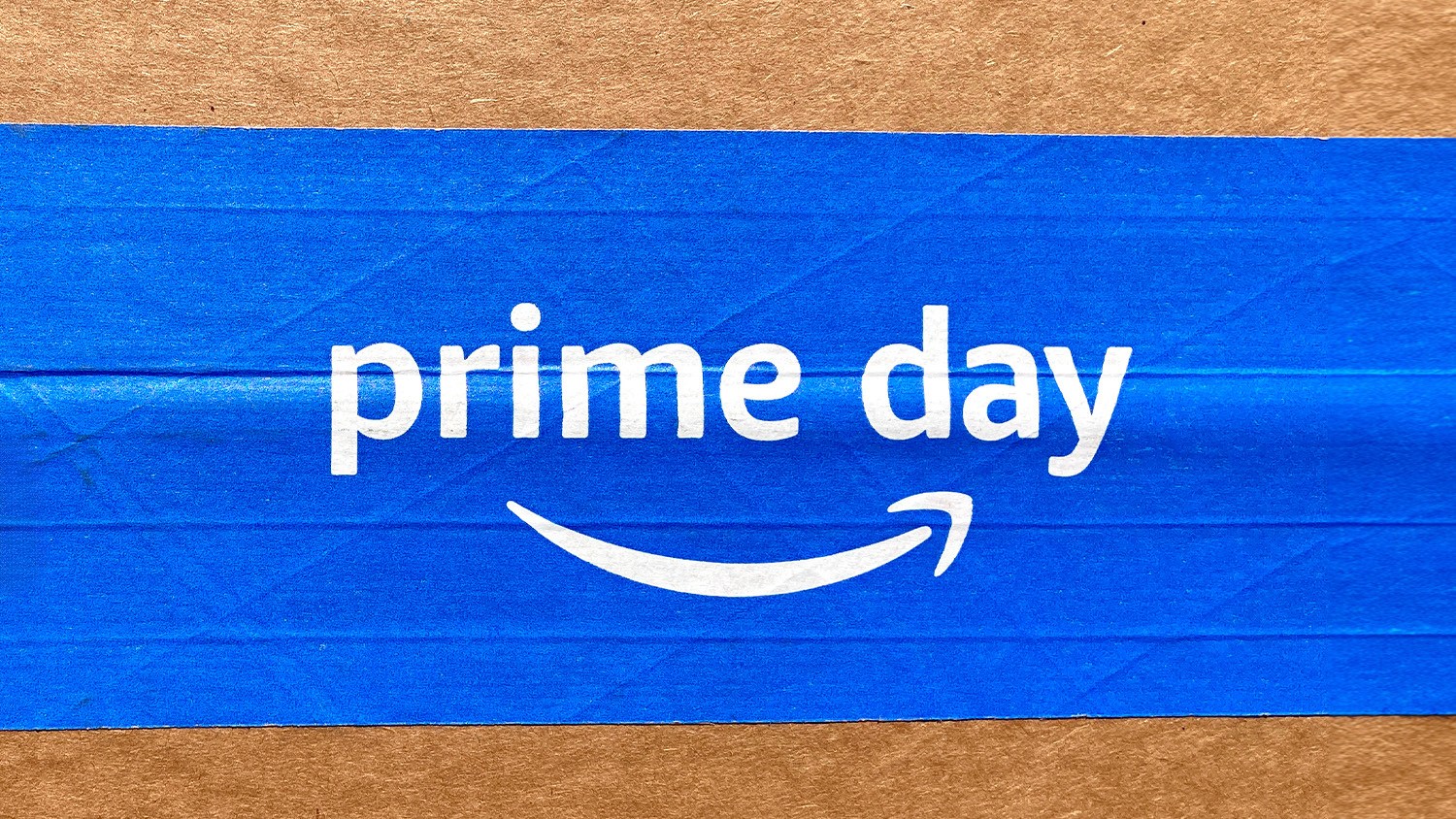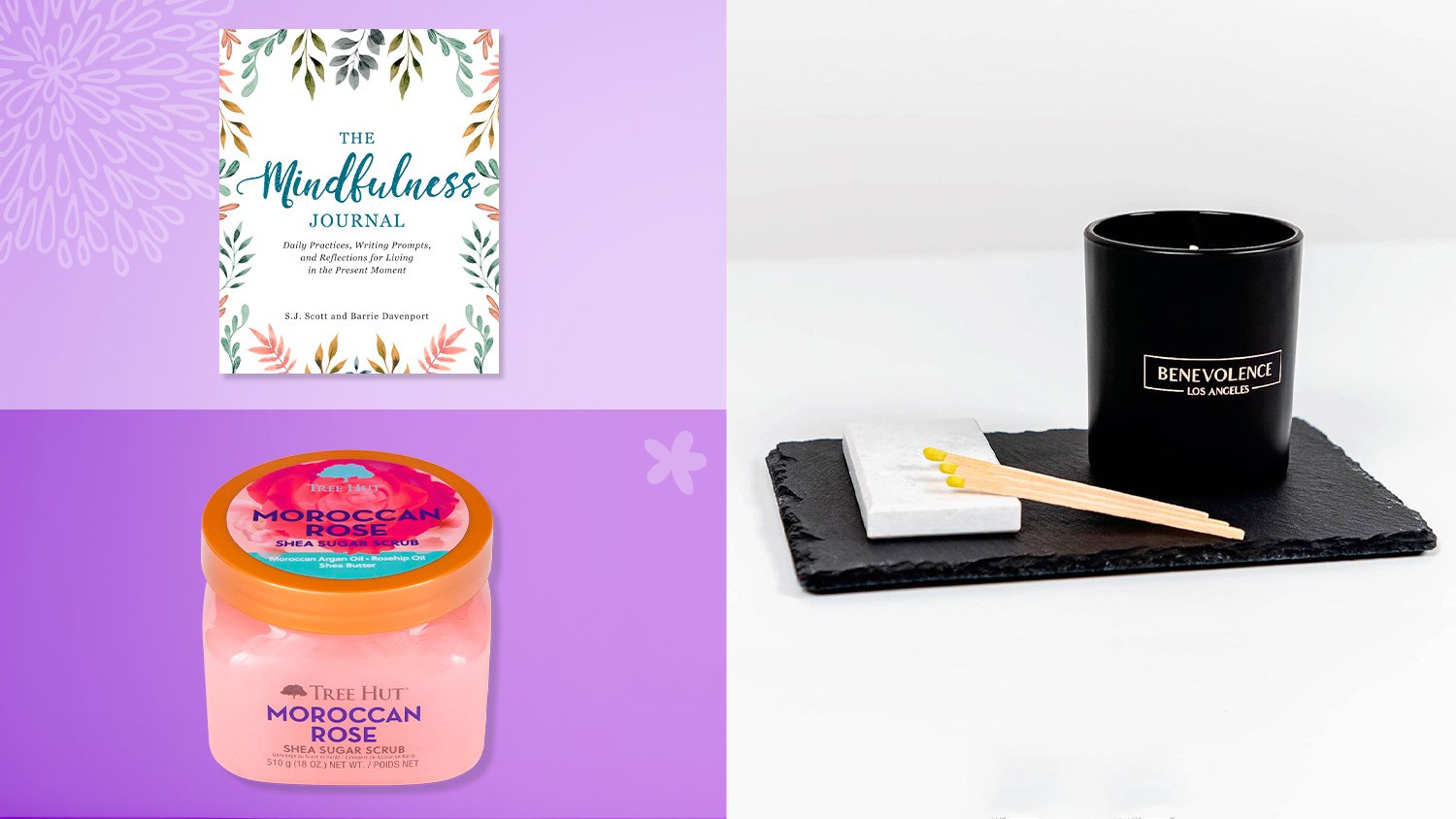WASHINGTON (AP) — Hours after a carefully orchestrated declaration by President Donald Trump to send out the military and “dominate the streets,” American cities were engulfed in more violence and destruction that overshadowed peaceful protests demanding justice after generations of racism.
In New York City, largely peaceful demonstrations were punctuated by people smashing storefront windows near Rockefeller Center and breaching the doors to the storied Macy’s store on 34th Street, leaving the major Manhattan thoroughfare littered with broken glass. A vehicle plowed through a group of law enforcement officers at a demonstration in Buffalo, injuring at least two.
Demonstrations erupted from Philadelphia, where hundreds of protesters spilled onto a highway in the heart of the city, to Atlanta, where police fired tear gas at demonstrators, to Nashville, where more than 60 National Guard soldiers put down their riot shields at the request of peaceful protesters who had gathered in front of Tennessee’s state Capitol to honor George Floyd.
Bystander Sean Jones, who watched as people ransacked luxury stores in Manhattan’s chic Soho neighborhood, explained the destruction this way: “People are doing this so next time, before they think about trying to kill another black person, they’re going to be like, ’Damn, we don’t want them out here doing this … again.’”
The unrest in Minneapolis appeared to stabilize on the same day that Floyd’s brother made an impassioned plea for peace at the location where a white police officer put his knee on the handcuffed black man’s neck until he stopped breathing last week.
The death toll from the unrest began to mount, including two people killed in a Chicago suburb. The police chief in Louisville was fired after a beloved restaurant owner was killed by security forces during unrest early Monday.
An officer was shot shortly before midnight near the Circus Circus casino in Las Vegas, where police have made 338 arrests during three nights of violence that followed peaceful protests earlier in the day. Police had no immediate word on the officer’s condition.
The latest wave of protests came on the day that Trump portrayed himself as hard-nosed, law-and-order president and police under federal command forced back peaceful demonstrators with tear gas so he could walk to a nearby church and pose with a Bible.
Trump emerged after two days out of public view and threatened in remarks from the White House Rose Garden that he would deploy “thousands and thousands” of U.S. troops. Then he made a surprise walk through Lafayette Park to a Washington house of worship known as “The Church of the Presidents” that suffered fire damage in the protests.
The photo op was condemned by Episcopal Bishop Mariann Edgar Budde.
“The president just used a Bible and one of the churches of my diocese as a backdrop for a message antithetical to the teachings of Jesus and everything that our church stands for,” she said.
The nation has been roiled by violence over the death of Floyd for nearly a week. The protests come after years of seeking police reforms over repeated cases of minorities dying in police custody, and at a time when the country is already reeling from the coronavirus outbreak and the Depression-level unemployment.
“We have been sitting on a powder keg for some time and it has burst,” said Philadelphia Police Commissioner Danielle Outlaw, whose officers have made hundreds of arrests.
The president, seeking his second term in office, demanded an end to the heated protests in remarks from the Rose Garden and vowed to use more force to achieve that aim.
If governors throughout the country do not deploy the National Guard in sufficient numbers to “dominate the streets,” Trump said the U.S. military would step in to “quickly solve the problem for them.”
“We have the greatest country in the world,” the president declared. “We’re going to keep it safe.”
A military deployment by Trump to U.S. states would mark a stunning federal intervention rarely seen in modern American history. It drew comparisons to 1968, when Richard Nixon ran as the law-and-order candidate in the aftermath of riots following the assassination of Martin Luther King Jr.
Minutes before Trump began speaking, police and National Guard soldiers began aggressively forcing back hundreds of peaceful protesters who had gathered in Lafayette Park, across the street from the White House, where they were chanting against police brutality and Floyd’s death in Minneapolis. As Trump spoke, tear gas canisters could be heard exploding.
Five months before Election Day, the president made clear that he would stake his reelection efforts on convincing voters that his strong-arm approach was warranted to quell the most intense civil unrest since the 1960s. He made little effort to address the grievances of black Americans and others outraged by Floyd’s death and the scourge of police brutality, undermining what his campaign had hoped would be increased appeal to African American voters.
The scene in and around the White House on Monday night appeared to be carefully orchestrated. As the crowd of protesters grew, Attorney General William Barr arrived in Lafayette Park to look over at the demonstrations and the swarm of law enforcement.
Trump, who rarely attends church, held up a Bible and gathered a group of advisers — all white — to pose for photos at the historic house of worship.
The moment was quickly decried by Trump’s critics, with New York Gov. Andrew Cuomo saying the president “used the military to push out a peaceful protest so he could have a photo op at a church.”
Federal law permits presidents to dispatch the military into states to suppress an insurrection or if a state is defying federal law, legal experts said. But Trump’s statements also set up an immediate conflict with officials in New York and other states who asserted that the president does not have the unilateral right to send in troops against the will of local governments.
Earlier Monday, Trump told the nation’s governors in a video conference that they “look like fools” for not deploying even more National Guard troops. “Most of you are weak,” he said.
He added: “You’ve got to arrest people, you have to track people, you have to put them in jail for 10 years and you’ll never see this stuff again.”
Washington Gov. Jay Inslee, a Democrat, dismissed Trump’s comments as the “rantings of an insecure man trying to look strong after building his entire political career on racism.”
Former Vice President Joe Biden, the Democratic presidential candidate, vowed to address institutional racism in his first 100 days in office. He met in person with black leaders in Delaware and also held a virtual meeting with big-city mayors.
Biden said hate emerges “when you have somebody in power who breathes oxygen into the hate.”
More than 5,600 people nationwide have been arrested over the past week for such offenses as stealing, blocking highways and breaking curfew, according to a count by The Associated Press.

















